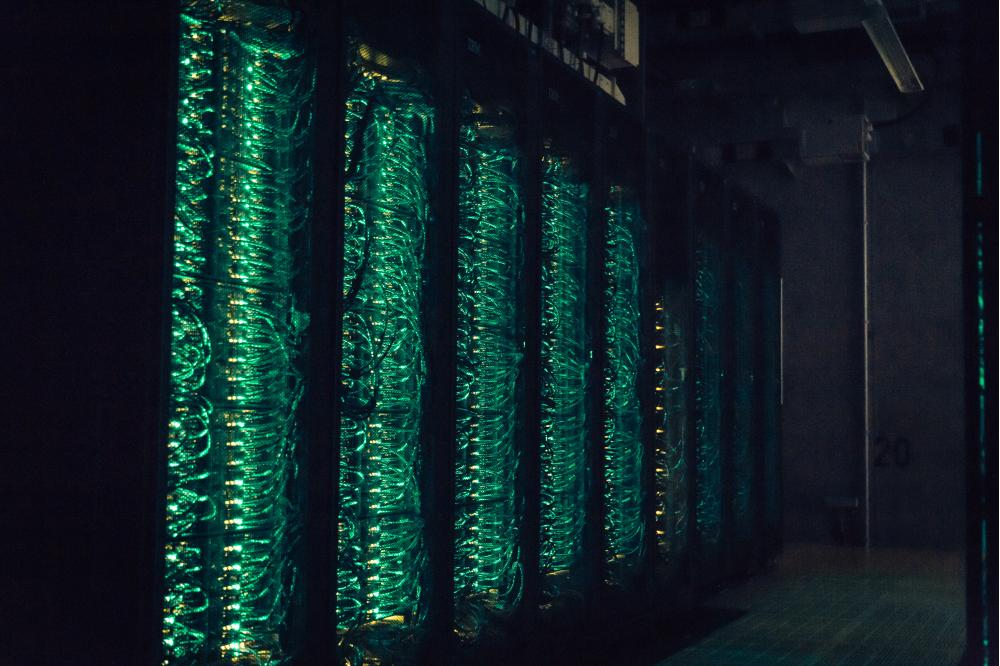Molecular Models of Wetting and Adhesion Phenomena
Einleitung
Our research activity deals with interfaces and especially with adhesion and wetting phenomena between liquids and soft or solid substrates. Adhesion of a polymer on a metal, spreading of a paint, self-cleaning of surfaces or liquid flow on a chip for medical diagnosis are typical examples of such phenomena. They are driven by the interactions at the interface between the considered substrate and liquid or polymer.
Relatively little is known about the structure of fluids at solid interfaces due to the difficulty to probe experimentally the relevant length scale (i.e. a few angstroms from the surface), although the recent period has witnessed important methodological developments in this direction.
From another side, numerous classical molecular simulation works and recent quantum calculations strongly suggest that liquids have a non-ideal structure in the vicinity of attractive surfaces, with oscillations in the mass distribution perpendicular to the interface. By means of molecular dynamics (MD) simulations and statistical thermodynamics, we address the question as to how the fluid interfacial structure affects wetting and adhesion properties.
Methoden
Our approach is twofold:
1. We quantify the solid-liquid interactions through the work of adhesion. This clearly defined thermodynamic quantity represents the work to separate unit areas of solid and liquid. We have derived the phantom-wall algorithm (see Research Report 2010/2011) and the dry-surface method to calculate the work of adhesion [1] from MD simulations.
2. We relate the fluid structure properties next to the solid surface obtained from MD simulations to the work of adhesion depending on the solid-liquid intermolecular interaction parameters [1,2].
Ergebnisse
This approach has lead us to obtain quantitative results with respect to the wetting properties of water on hydrophobic surfaces. We could show that the adhesion properties of water on super-hydrophobic surfaces with nanometer sized structures could be predicted by continuum thermodynamics without resorting to molecular parameters [3]. We could also explain and rationalize the experiments that showed that the contact angle of water on monolayer graphene is not strongly different of what it is on graphite [4].
Diskussion
We discussed why the entropy contribution to the work of adhesion should not be neglected and introduced theoretical frameworks both to understand the origin and to predict the magnitude of this entropy contribution [1,2]. We also discussed the effect of the size of droplets on their evaporation mechanism [5].
Ausblick
In our future activity, fluids with increased complexity will be studied with the same approach. We intend to study ionic liquids with a focus on the effect of the relative size between anions and cations on the ionic liquids wetting properties. We will also address the adhesion properties of polymers on metal surfaces and nanowires. We aim to implement our numerical approach to obtain the work of adhesion in the framework of mesoscopic models so that we address polymer nanocomposites.
The connection between the interfacial heat transfer and the work of adhesion at polymer-metal interfaces will be investigated. The relationship between the friction at the solid-liquid interface and the work of adhesion will be addressed to better understand the connection between static and dynamic wetting.




